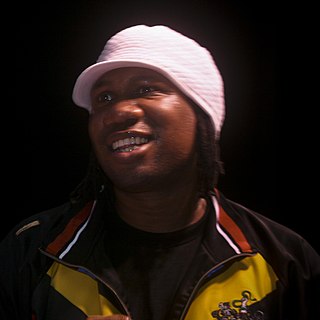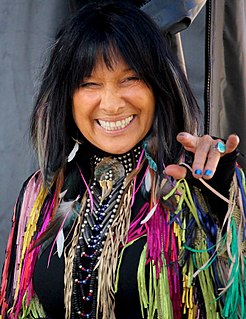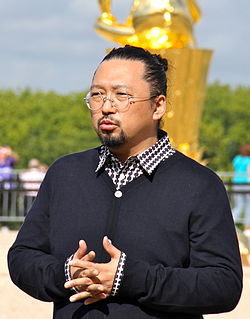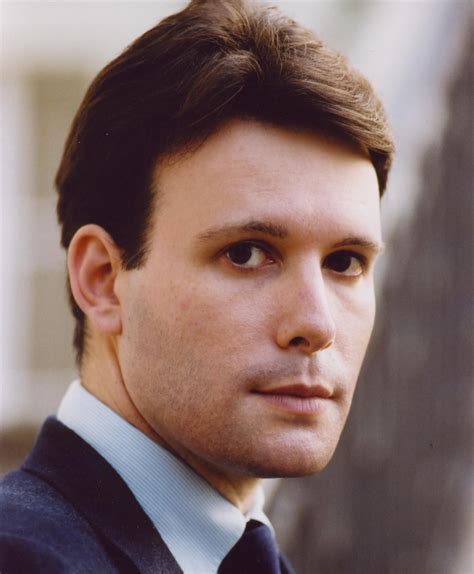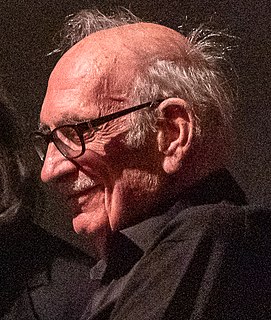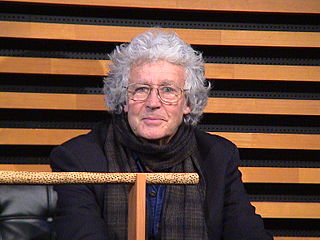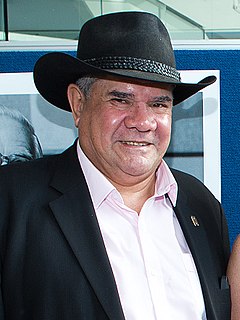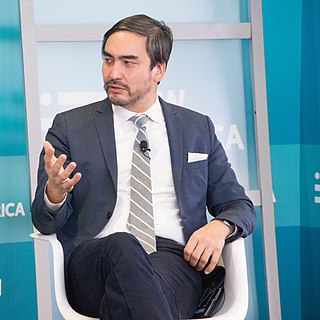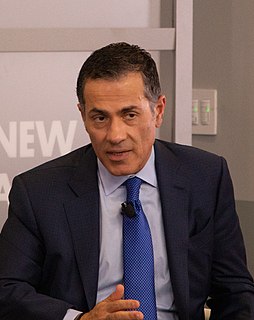A Quote by Simon Blackburn
Contemporary culture is not very good on responsibility.
Quote Topics
Related Quotes
The whole point is to take from our native culture and from contemporary culture without using one art form to mimic the other, so that our native identity remains the native identity, the contemporary identity remains the contemporary identity, and the mixing of these two musical identities creates a third musical identity.
I feel it's my social responsibility to shine a light on areas that don't get seen. My personal feeling is that it's an artist's responsibility to be engaged with the culture. And when the culture is going through turmoil, I think an artist can't ignore that. I don't feel that every artist has to be politically engaged, but I can't imagine that you can be an active participant of this culture and not in some way reflect that in the work you are creating.
I think that all journalists, specifically print journalists, have a responsibility to educate the public. When you handle a culture's intellectual property, like journalists do, you have a responsibility not to tear it down, but to raise it up. The depiction of rap and of hip-hop culture in the media, I think, is one that needs more of a responsible approach from journalists.
The musical culture in the United States has no doubt suffered severe setbacks, especially in funding, since the early 2000's. However, I've been amazed at the resiliency of those involved with contemporary music in this country. I think composers and those dedicated to contemporary music have reacted with tremendous creativity and resourcefulness.




